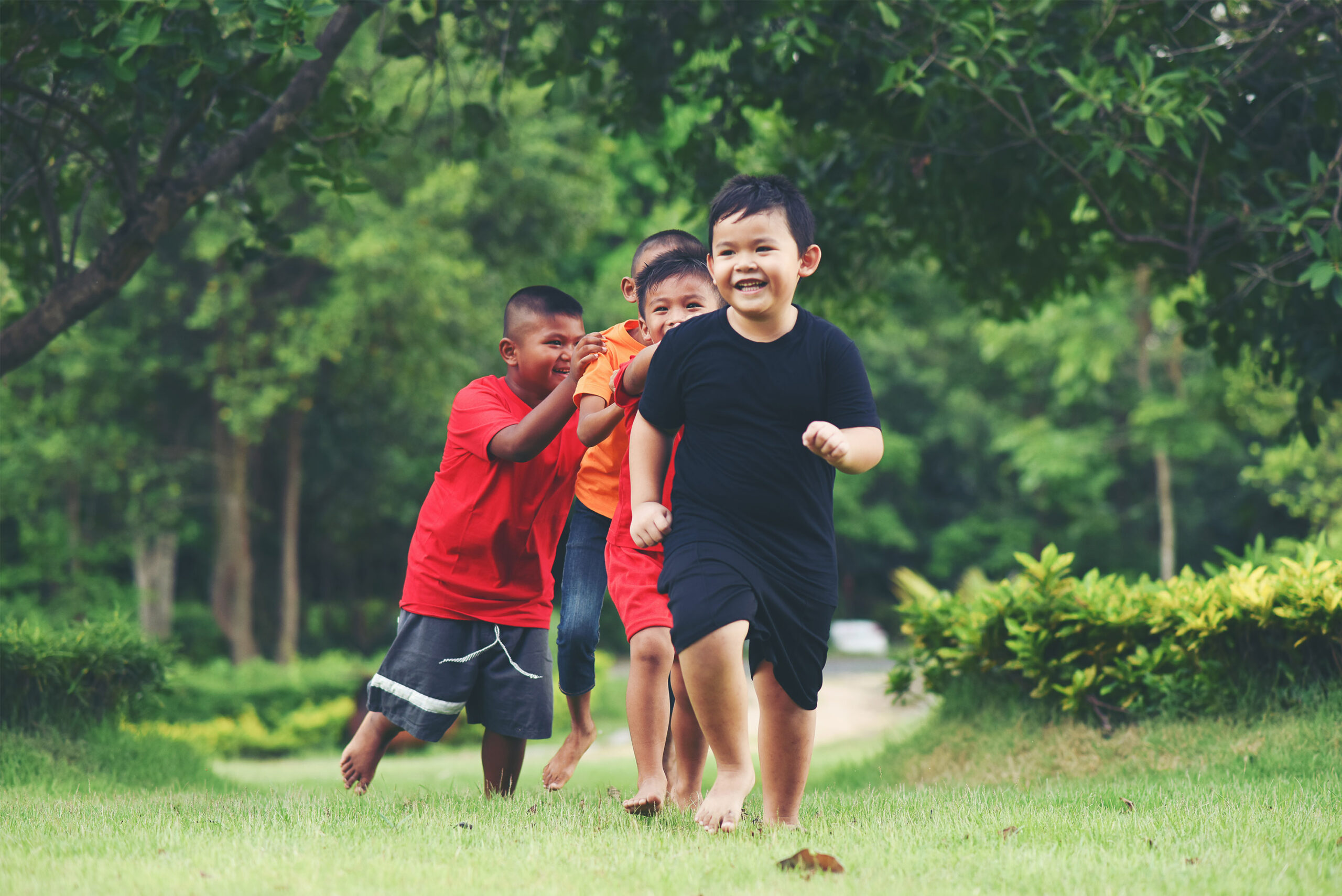Plan International Hong Kong has conducted the first-ever Situation Analysis Research on Child Safeguarding Policy (CSP) in the sports sector. With 20 proposed child safeguarding policy standards developed with comprehensive literature review, this study attempts to benchmark the implementation of child safeguarding policy in local sports organisations against the global standards. It also aims at analysing the factors influencing the level of CSP implementation, including the understanding on child abuse, attitudes towards CSP and if any barriers exist which affect the level of CSP implementation. For more details, please see the executive summary and research summary.
If you are interested in reading the full research report, please kindly contact us.





